
NON-SURGICAL
KNEE DECOMPRESSION
Eliminate pain and improve mobility with Knee Decompression. Reduces inflammation and swelling while improving circulation and accelerating the healing of damaged tissues.
NON-SURGICAL
KNEE DECOMPRESSION
Eliminate pain and improve mobility with
Knee Decompression. Reduces inflammation and swelling while improving circulation and accelerating the healing of damaged tissues.
Rebuild your joints to be strong and healthy again.
Knee decompression is like opening up a stiff accordion.
When gently stretched and released, space is created between the joints, allowing fluids to flow more freely, reducing pressure, and helping the knee move smoothly again—just like an accordion expanding to create airflow and sound.
WHY CHOOSE APEX?

Talk With
The Doctor First
You get a free phone call directly with our doctor so we understand your issue and make sure we can help.

Fast & Long
Lasting Results
Many of our patients report relief within just a few sessions.
And no need for tons of visits.

Treat the
True Cause
Unlike pain drugs and surgeries, we address the real problem instead of just masking the symptoms.
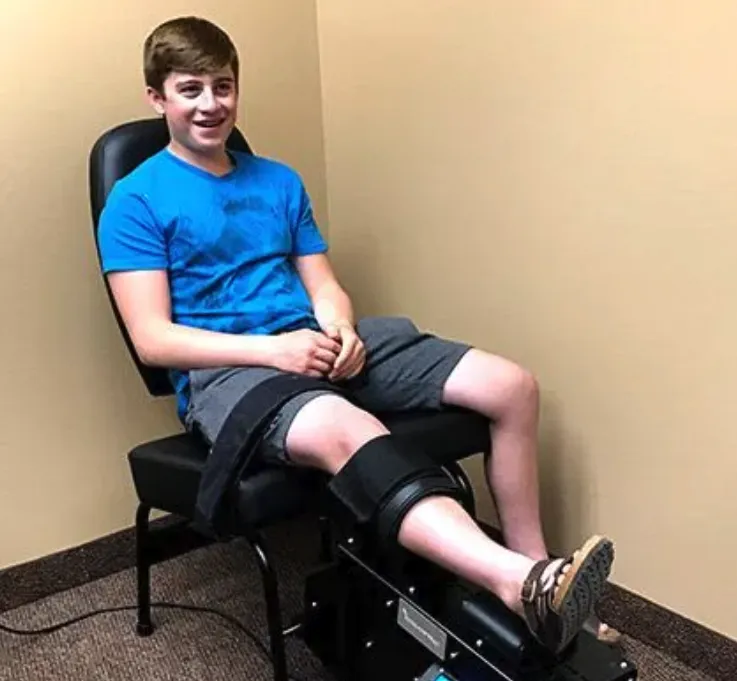
For Knee Pain
Knee can range from mild discomfort to severe pain that interferes with daily activities.
Knee decompression therapy is a non-invasive treatment that can help alleviate knee pain and improve mobility.
It involves the use of a special device that gently stretches the knee joint, creating negative pressure within the joint.
This helps to reduce inflammation, increase blood flow, and promote healing. Knee decompression therapy is a great option for people looking for a safe and effective alternative to surgery or medication.
ELIMINATE KNEE PAIN
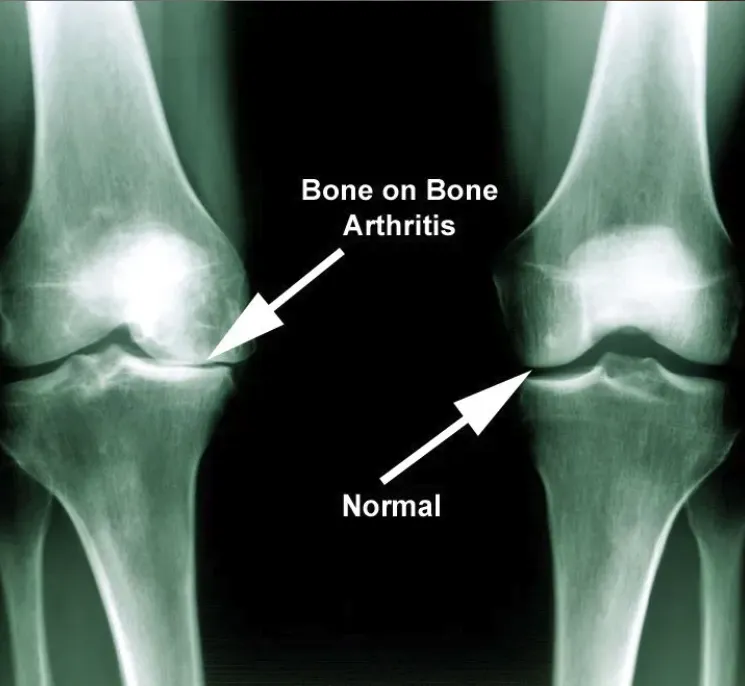
For Knee Arthritis
Knee arthritis is characterized by the degeneration of cartilage in the knee joint, which can cause pain, stiffness, and swelling.
Knee decompression therapy can be an effective treatment option for individuals suffering from knee arthritis.
This non-invasive treatment works by gently stretching the knee joint, which helps to increase blood flow, reduce inflammation, and promote healing. Knee decompression therapy can also help to improve joint mobility, reduce pain, and delay the need for more invasive treatments, such as knee replacement surgery.
TREAT KNEE ARTHRITIS
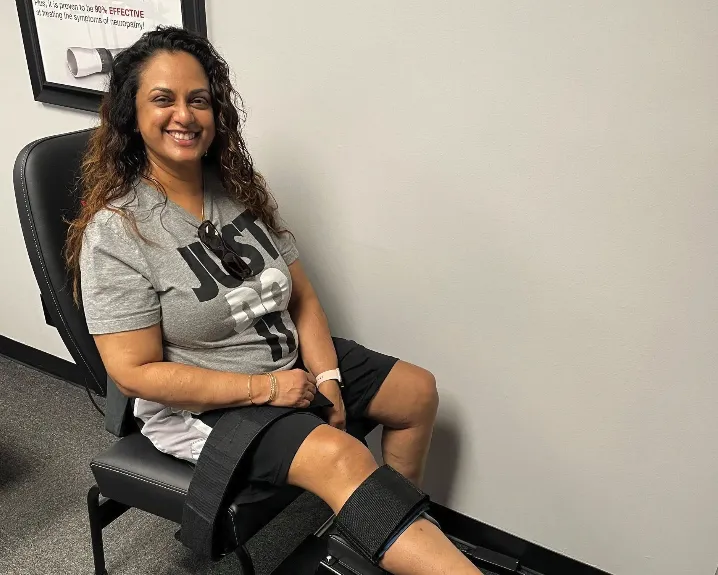
For Knee Injury
Knee injury can be a painful and debilitating experience, causing discomfort and making it difficult to perform daily activities.
Knee decompression therapy is a non-invasive treatment that can help alleviate pain caused by knee injuries, such as sprains, strains, and tears.
By using a specialized table, knee decompression therapy gently stretches the knee joint, creating negative pressure that promotes blood flow and healing to the affected area.
This therapy can also help alleviate pain caused by knee arthritis. It is a great option for those seeking a natural and non-surgical solution to knee pain and discomfort.
HEAL KNEE INJURIES
WHAT YOUR NEIGHBORS ARE SAYING
BEGIN YOUR HEALING JOURNEY
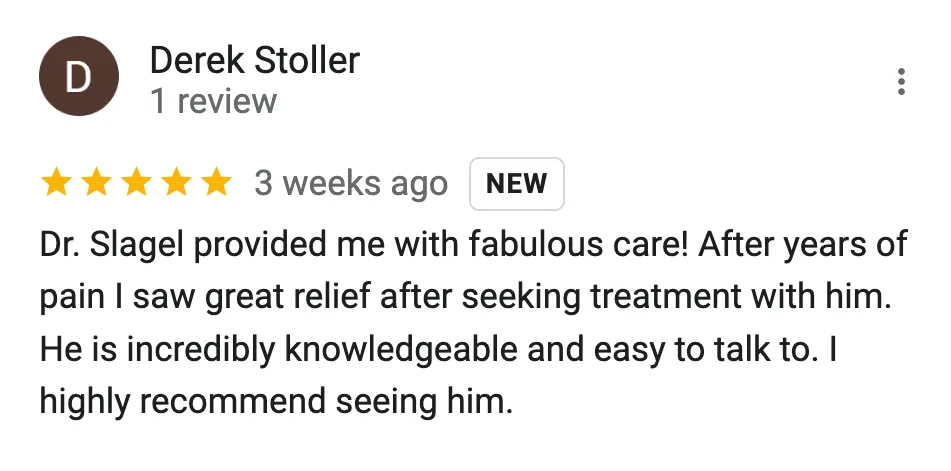

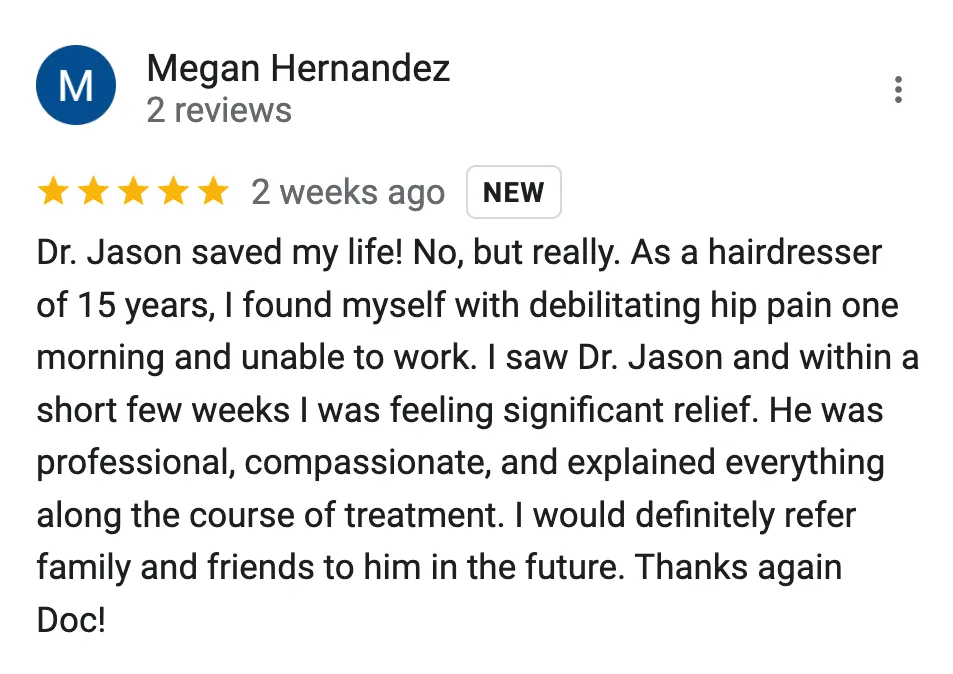
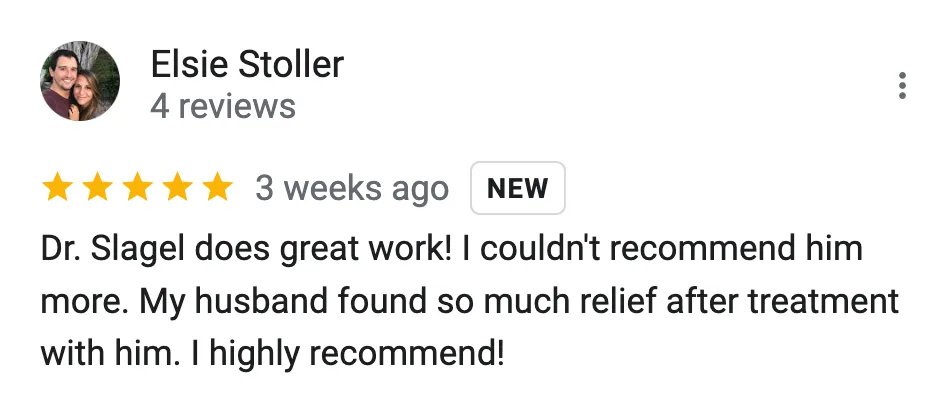
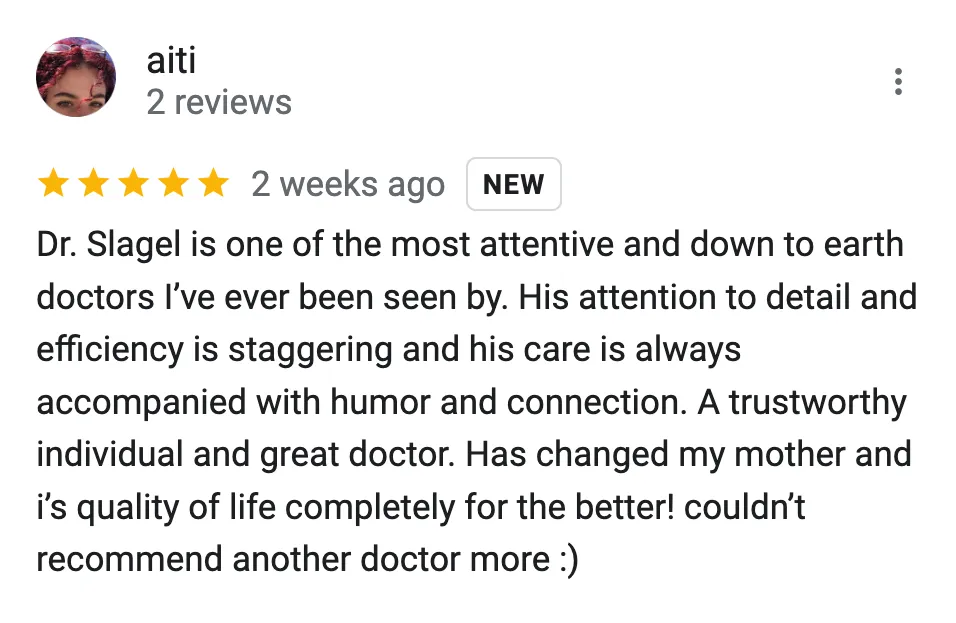
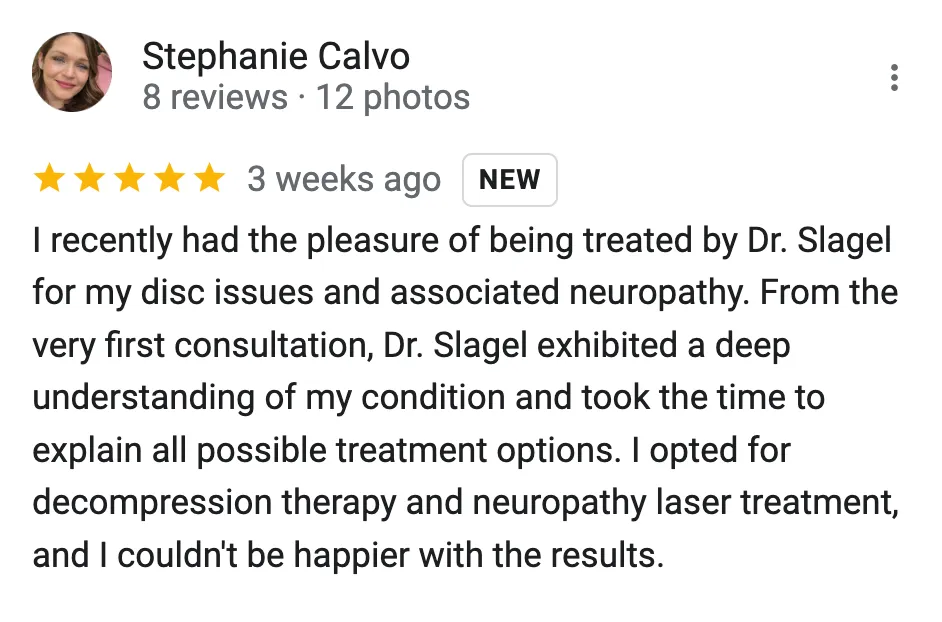
HOW IT WORKS

STEP 1
Phone Consultation
You can speak to one of our doctors from home as soon as this week to answer your questions and let you know if and how we can help.

STEP 2
In-Person Exam
We will do a thorough exam in our office to find out what’s causing your problem. Our doctors will look at any previous imaging, do some tests and tell you what they see.
STEP 2
In-Person Exam
At our clinic, we follow a clear method—not guesswork—to determine what needs to be done. We begin with a detailed functional exam to measure your bodies' function, co-existing conditions, and how your condition impacts your life.
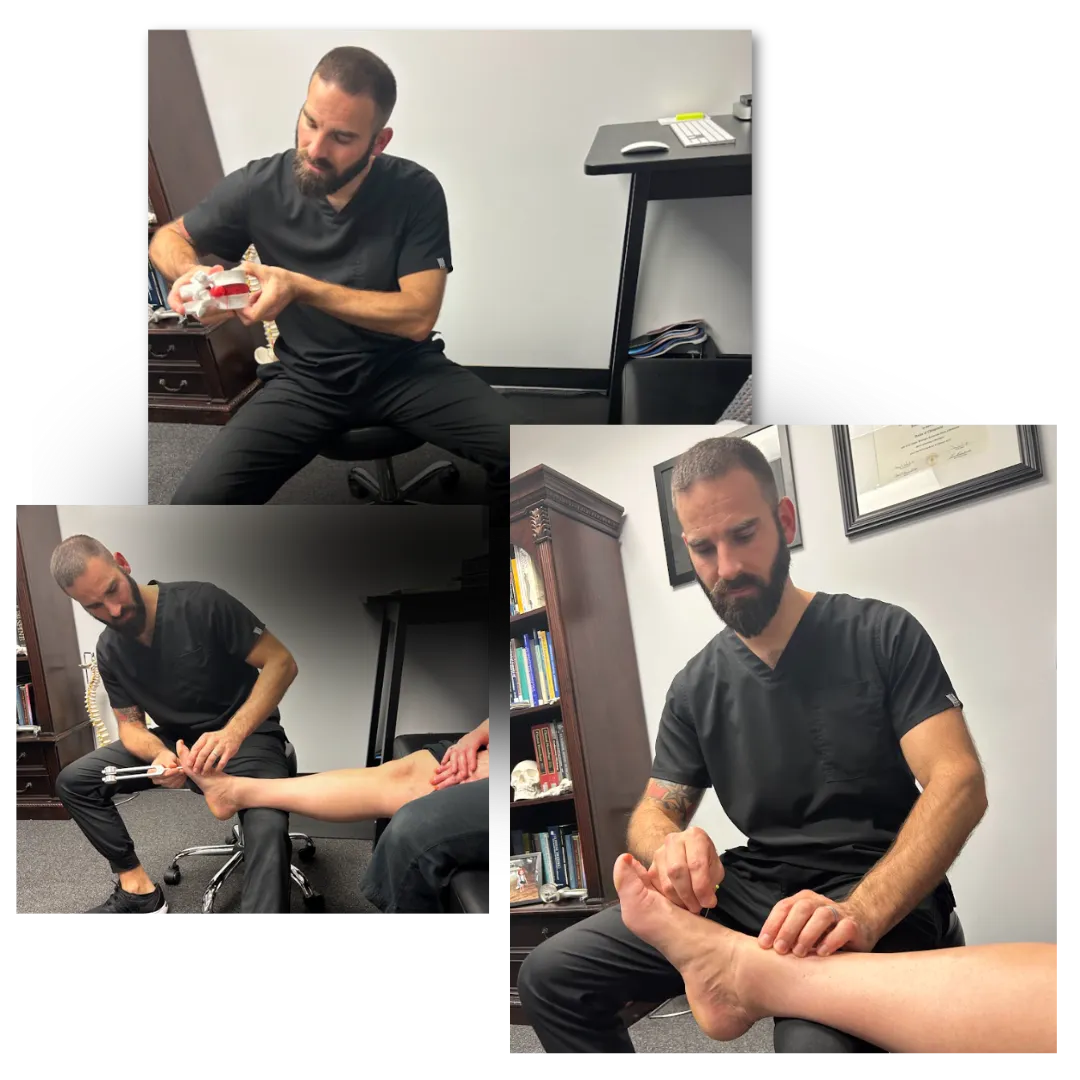
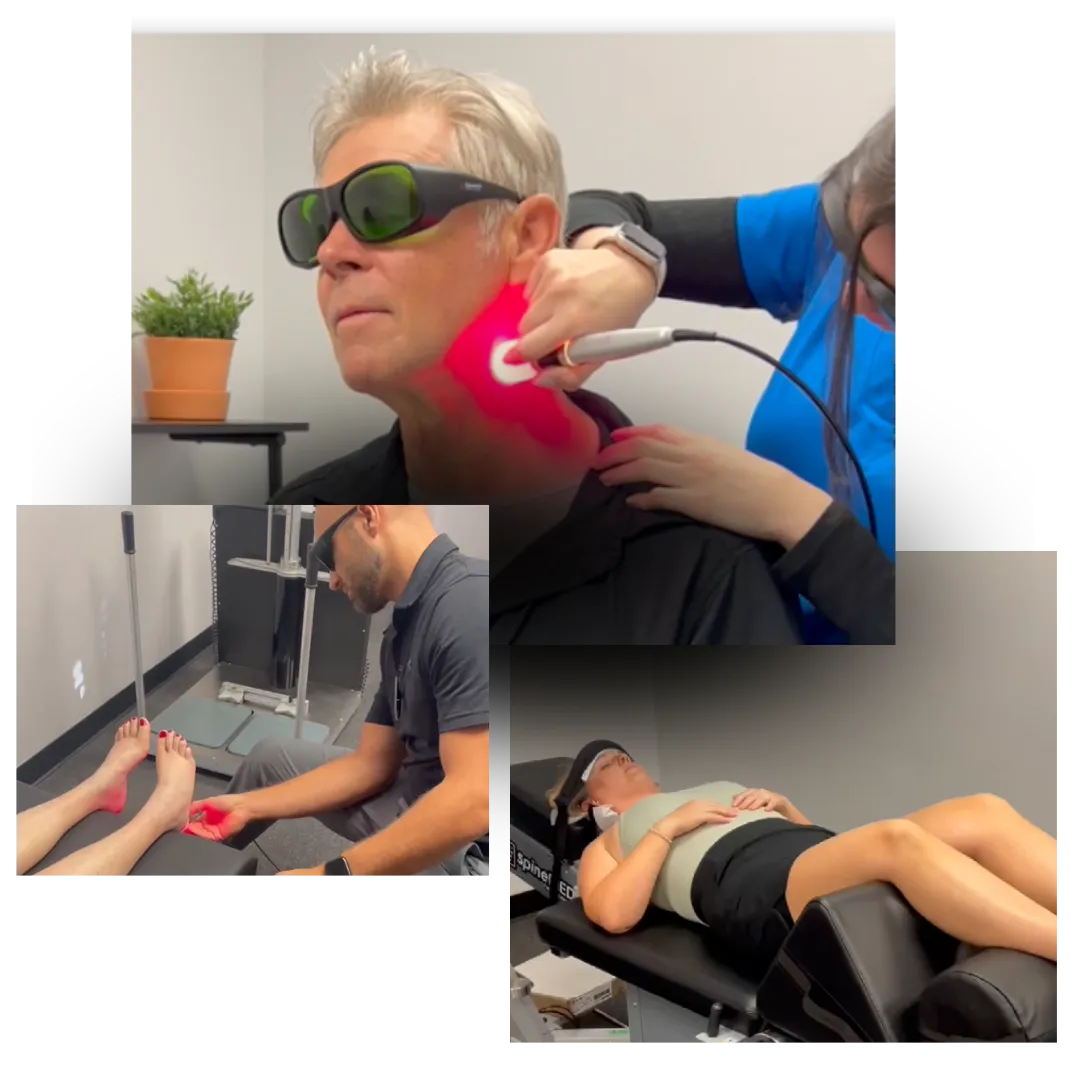
STEP 3
Treatment Plan + First Treatment
Using what we learned in the exam, we’ll put together a customized treatment plan to eliminate the root cause of your issue. We’ll begin treatment right away.
FREQUENTLY ASKED QUESTIONS
What is spinal decompression therapy?
Spinal decompression therapy is a non-surgical, traction-based treatment used to relieve pressure on spinal discs, alleviate pain, and promote healing. It gently stretches the spine to create negative pressure within the disc, allowing herniated or bulging discs to retract and improve nutrient flow to the affected area.
How does spinal decompression work?
The therapy uses a motorized table to gently stretch the spine, creating negative pressure that encourages retraction or repositioning of bulging or herniated discs. This process helps relieve pressure on the nerves and allows more nutrients, oxygen, and fluids to flow into the discs, promoting healing.
What conditions can spinal decompression treat?
Spinal decompression is commonly used to treat conditions such as herniated or bulging discs, degenerative disc disease, sciatica, spinal stenosis, facet syndrome, chronic neck and back pain, and radiculopathy (nerve root compression).
Do you take insurance?
It is likely not covered. Coverage for Spinal Decompression therapy varies based on your insurance plan. It’s recommended to check with your insurance provider to determine if the treatment is covered or contact our office for assistance.
How long does each spinal decompression session last?
Each session typically lasts between 25 to 45 minutes, depending on the treatment plan and the severity of the condition being treated.
How many sessions will I need?
A typical treatment plan ranges from 15 to 30 sessions over the course of 4 to 8 weeks, depending on the patient’s condition and response to treatment. A doctor will recommend a specific schedule based on individual needs.
What does the treatment feel like?
During a session, you will lie down on a spinal decompression table, and a harness will be placed around your pelvis and trunk. The table will gently stretch your spine according to a pre-programmed pattern, with rest periods in between. You should feel relaxed throughout the process.
Are there any side effects?
Most patients experience little to no side effects. However, some may have mild soreness or stiffness after the first few sessions, similar to what one might feel after a workout. This usually subsides as the body adjusts to the treatment.
How quickly will I see results?
Some patients experience relief after just a few sessions, while others may require a few weeks of consistent treatment to notice significant improvement. The goal is to achieve long-term relief and healing of the underlying issue.
Can Class IV laser therapy be combined with other treatments?
Yes, Class IV laser therapy is often used alongside other treatments like chiropractic care, physical therapy, and massage therapy. Combining treatments can enhance healing and improve overall outcomes.
How is spinal decompression different from traditional traction?
While both spinal decompression and traction involve stretching the spine, spinal decompression uses a computerized system to create targeted and gentle pressure on the discs. It also incorporates cycles of decompression and relaxation to maximize effectiveness, while traditional traction applies a constant pull that is less targeted.
Can spinal decompression help prevent surgery?
For many patients, spinal decompression therapy can be an effective alternative to back surgery. It may help avoid the need for more invasive procedures by promoting natural healing of the spine. However, the suitability of decompression therapy depends on the severity of the condition and the individual patient.
BEGIN YOUR HEALING JOURNEY
OUR HOURS
Monday 9 AM – 4 PM
Tuesday 9 AM – 4 PM
Wednesday 9 AM – 4 PM
Thursday 9 AM – 4 PM
Friday 9 AM – 4 PM
Saturday Closed
Sunday Closed
CONTACT US
OUR HOURS
Monday 9 AM – 4 PM
Tuesday 9 AM – 4 PM
Wednesday 9 AM – 4 PM
Thursday 9 AM – 4 PM
Friday 9 AM – 4 PM
Saturday Closed
Sunday Closed
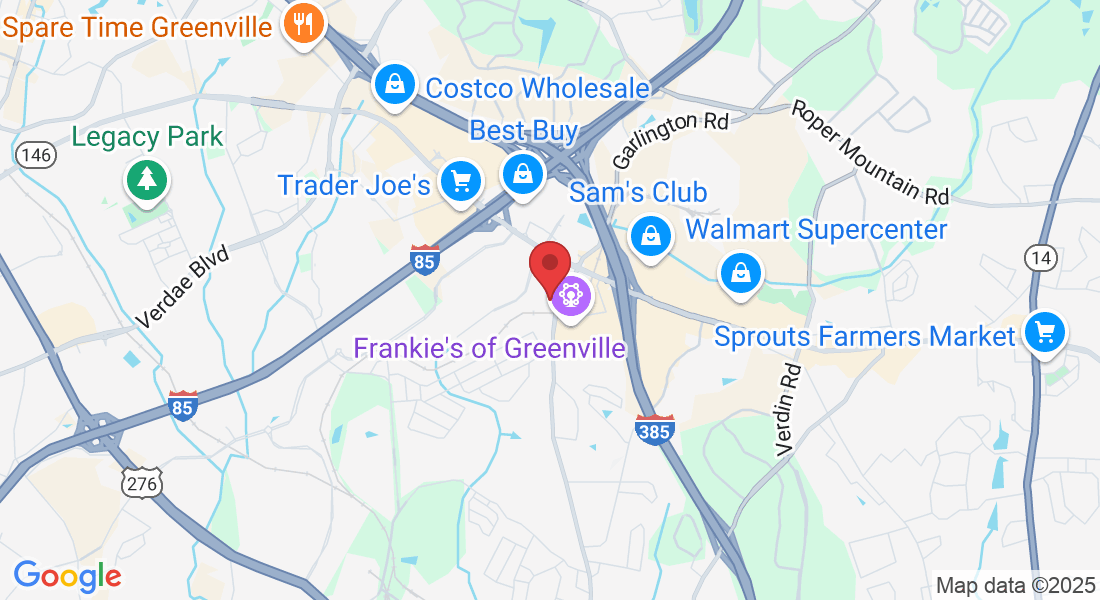
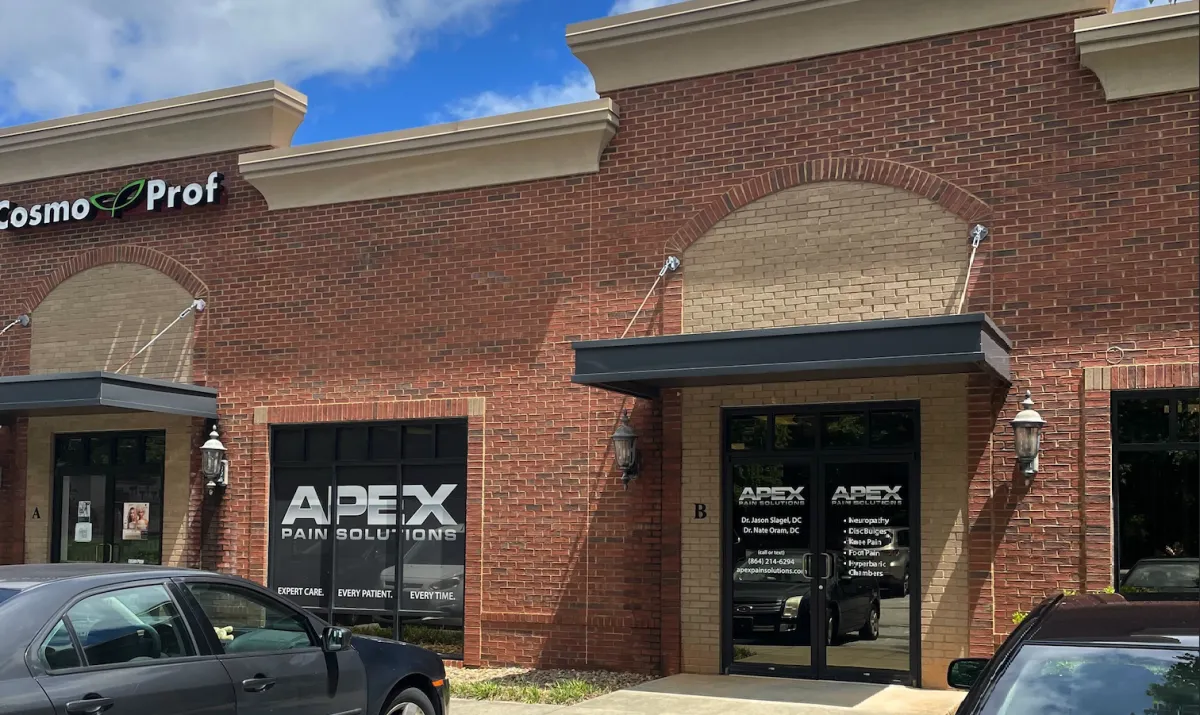
Facebook
Instagram
Youtube